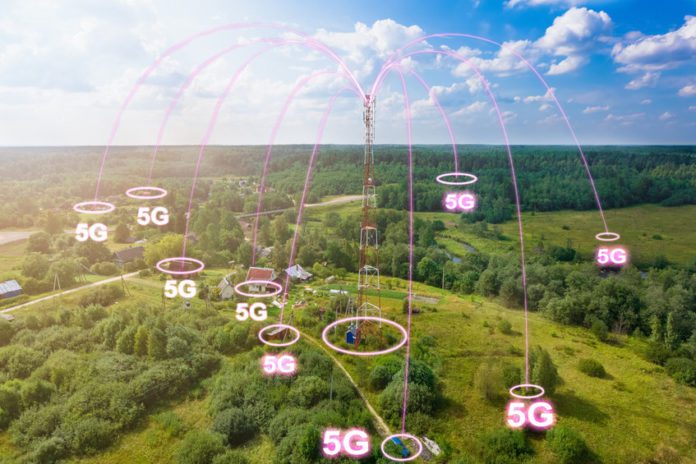Regional operator is continuing a strategic review of its options
UScellular reported operating revenues that were slightly down compared to last year’s fourth quarter, but narrowed its losses from $28 million in the year-ago period to a loss of $14 million in 2023’s fourth quarer.
The company saw operating revenues of $3.9 billion for the year, down from nearly $4.2 billion in 2022. Net income for the full-year 2023 was $54 million, up from $30 million in 2022.
Operationally for UScellular, midband 5G deployments, federal BEAD funding, Fixed Wireless Access and parent company TDA’s fiber build-out are all top of mind amid its review of strategic options. UScellular announced in August 2023 that it was reviewing strategic alternatives for the company. Executives declined to comment further on the quarterly call, except to say that the process is ongoing.
Among the highlights from the company’s fourth-quarter call:
-UScellular expects to continue its multi-year midband spectrum deployments throughout 2024. About 80% of its traffic is traversing sites that carry low-band 5G. During last year, the company shifted its focus from 5G upgrades to midband spectrum deployment, as its C-Band purchases became available. By the end of this year, the carrier expects to cover 30% of its potential customers with midband spectrum and have nearly half of its data traffic running on midband sites.
-UScellular turned down its CDMA network in mid-January of 2024. As of shutdown, it had about 18,000 customers remaining on the network, compared to about 174,000 at the start of 2023. The carrier is still working on providing new devices to those users so that they will remain customers, and while it expects to see reduced 2024 service revenues as a result of those who ultimately churn away. However, the CDMA shutdown is expected to result in $40 million in annual expense savings starting in 2025.
-Its tower business is a growth area. UScellular hit $100 million in third-party tower revenues during the year, up 8%. CEO Laurent Therivel noted that due to the industry slow-down in capital expenditures, that growth rate is expected to moderate this year—but execs remain “bullish” on the infrastructure opportunity for UScellular.
“Although the near-term activity has slowed, the long-term capacity needs of the industry are going to require future densification, and that’s going to drive demand for our towers. We have a unique portfolio of towers that are still below the industry average in terms of colocation, so we have a lot of opportunity to grow,” said Therivel.
-Fixed Wireless has “strong momentum.” UScellular finished 2023 with 114,000 FWA customers, up 46% from a year ago.
“The vast majority of that growth has been on the low-band spectrum. Now that we’re rolling out mid-band spectrum, we’re going to be able to offer higher speeds and capacity where that spectrum is deployed,” said Therivel, adding, “With the addition of mid-band spectrum, we can provide an even better experience for our customers, enabling us to better compete against other carriers and cable wireless providers.” He went on to add that “Everywhere where we modernized for 5G, we see better customer results and higher customer perception of our network. Everywhere where we roll out mid band, we see the same thing.” So UScellular has “pivoted” its capital spending toward deployments in the midband.
-Regulatory programs for rural America are an important part of its business. Therivel notes that 41% of the POPs covered by UScellular are in rural America, where he estimated that it costs between $650,000 to $1 million to put up a tower.
Therivel said that the decisions for the BEAD program (which is focused heavily, but not exclusively, on fiber build-outs) should be allowed to be made before the FCC’s 5G Fund for rural deployments is allocated, because BEAD will push fiber availability into areas that lack 5G coverage today for easier and less expensive 5G build-outs, as well as funding some FWA deployments that will by default bring 5G to those areas. If BEAD dollars can bring down UScellular’s cost to build a tower to our cost to $100,000 or $200,000, he said, “then that could create a pretty compelling investment opportunity.”
He added that it makes sense for the two programs to align so that “after we have visibility into fiber and fixed wireless deployments funded by BEAD, the 5G fund can then further expand 5G mobile connectivity into rural areas that aren’t covered by BEAD.” Therivel added that UScellular is “encouraged” by the opportunity that it sees in its footprint, including in Missouri, Illinois and Nebraska.

